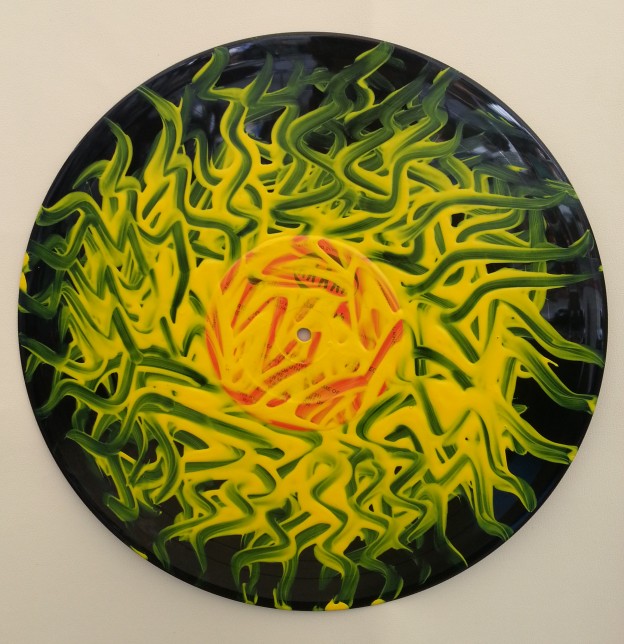Tag: artistic journey
-

How Can You be Sure You’ve Chosen the Right Paint?
Quite simply, you can’t be completely sure until you’ve worked with it for a bit. You’ll soon discover whether you enjoy working with it and the results, or not. Be sure that any frustrations are with the paint itself and not because your painting doesn’t look as good as you visualized it. The gap between […]
-

Is Watercolor Paint the Right Choice for You?
Advantages of Watercolor Paint: Watercolors: Mixed with water and brushes cleaned with water. Paint can be lifted off by rewetting. If paint squeezed from a tube has dried, it becomes reusable if you add water. Disadvantages of Watercolor Paint: Watercolors: Being quite transparent, it’s hard to rectify or hide mistakes in a watercolor painting. Need to allow for […]
-

Is Acrylic Paint the Right Choice for You?
Advantages of Acrylic Paint: Dries very fast. Mixed with water or mediums/gels. Brushes cleaned with water. Once dried, can be overpainted without disturbing underlying layers. Can be used thickly (impasto), like oils, or in thin washes, like watercolor. Water-resistant, so good for murals. Works as a glue, so good for collages. Disdvantages of Acrylic Paint: Dries […]
-

How to Clean Your Paint Brushes
Your brushes are an investment. By cleaning them thoroughly and properly at the end of a painting session, they will last longer. Here’s How: Wipe off any excess paint using a cloth or soft tissue. Gently squeezing the bristles from the ferrule edge outwards with your fingers, or with a cloth, will help remove paint […]
-

Learn to Paint: Your First Ever Painting
When you decide you’d like to paint, you will likely encounter the art myth that it takes talent. Don’t believe it. The desire to learn to paint and enthusiasm are what you need more than anything else. Having decided you’d like to learn to paint, you need to decide what paint you’re going to use. The four […]
-

Oil Painting Tips for Beginners
Oil paints are extremely versatile. They can be used thickly inimpasto or extremely thinly in glazes; they can be opaque or transparent. Here are a few tips to help you get the most from your oils. Tip 1: Always lay your oil paints out on your palette in the same order so that, with time, you’ll be […]
-

Ways to Ruin a Painting
Not every painting is destined to be a masterpiece, but some paintings are doomed to failure right from the start because of one relatively simple mistake. Here’s a list of five easy ways to ruin a painting… 1. Fried Egg Composition It can be done successfully, but only rarely. When it’s done badly, it’s from […]
-

10 Acrylic Painting Tips for Beginners
Acrylics are extremely versatile, fast-drying paints, and can be used straight from the tube like oils or thinned with water or a medium and used like watercolors. And a lot in-between. Here are a few tips to help you get started painting with acrylics. Tip 1: Keeping Acrylic Paints Workable Because acrylics dry so fast, squeeze only a little […]
-

How to Varnish an Acrylic or Oil Painting
Varnish is more than simply a layer to protect your painting from pollution in the atmosphere and abrasion. It will also bring out the colors to the brilliance they had when you applied them. Difficulty: Average Time Required: Depends on size of painting Here’s How: Ensure your painting is completely dry. Allow several months for an oil […]
-

Abstract Art: An Introduction
“Of all the arts, abstract painting is the most difficult. It demands that you know how to draw well, that you have a heightened sensitivity for composition and for colours, and that you be a true poet. This last is essential.” — Wassily Kandinsky. In its purest form in Western art, an abstract art is one without […]